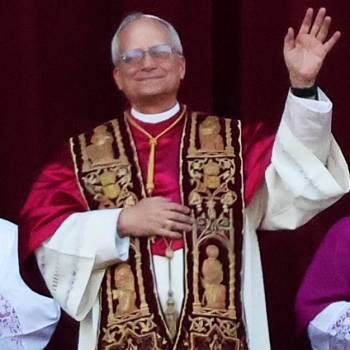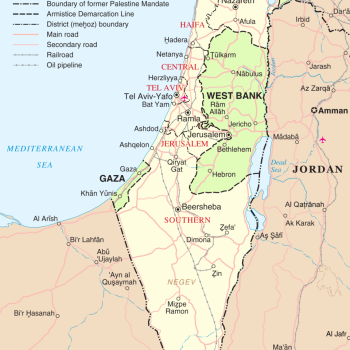It seems that the Middle East is always in the news. But in 2011, something really big began to happen in that part of the world. Arab Spring began in 2011. It started in North Africa and moved eastward. Recently, it’s been mostly about the civil war in Syria. Now, it’s Egypt again. What is Arab Spring? It’s democracy coming to North Africa and the Middle East. In the scheme of world politics and political history, Arab Spring is big news.
When Arab Spring came to Egypt, beginning in January, 2011, the people held mass demonstrations, especially in Tahrir Square in Egypt’s capital of Cairo. People all over the world saw it unfold on their television sets. President Hosni Mubarak, a former military commander, had ruled Egypt as a dictator for forty years. The people rallied against him. Egypt’s military surprisingly listened, stepped in, and overthrew President Mubarak.
Egypt then held free, democratic elections. The Egyptian people elected their first president–Mohammed Morsi. He had been a leader of the large Muslim Brotherhood–the most influential Muslim movement throughout the Arab world. In fact, in 1928 the Muslim Brotherhood was founded in Cairo, Egypt. Current Egyptian members of the Muslim Brotherhood were ecstatic that their leader had become the first elected president in any Arab nation in North Africa and the Middle East, and it happened right where the Muslim Brotherhood had begun.
But during the one year of President Morsi’s rule, Egypt endured much tension mostly over how much he was going to try to impose Islam upon Egypt. President Mubarak had ruled with an iron hand against the Muslim Brotherhood. In contrast, President Morsi pushed through a new Constitution which granted more Islamic influence. And last November, he claimed unlimited powers without judicial oversight. Both Egypt’s military and judiciary were now quite skeptical of President Morsi. And many Egyptians were beginning to feel more of the same they had endured from dictator Mubarak.
The Egyptian people began to hold mass demonstrations only days ago, on June 30. Millions bitterly complained that the country was still in chaos, that President Morsi was too centered on Islam, and that he had not improved Egypt’s failing economy. Egypt’s military quickly gave the president an ultimatum–soon form a coalition government with the opposition or we take over.
Yesterday, Egypt’s military took control of the country by ousting President Morsi. He called it “a military coup.” Today, General Sissi installed the chief justice of the Supreme Constitutional Court, Adli Mansour, as Egypt’s temporary leader. He further announced that Egypt eventually would hold another presidential election.
For over forty years, I have believed that democracy was going to come to the Middle East and North Africa. Why? The book of Daniel predicts it. I’ve been surprised that Bible teachers who specialize in eschatology have not been saying anything about this. I tell about it somewhat in my Still Here book entitled Warrior from Heaven, published in 2009. I intend to tell a lot more about it in my next, planned book for my Still Here series. The following is this excerpt from Warrior from Heaven:
[It is] the strongest and largest empire in world history. It is a confederation of ten contiguous kingdoms that surround the Mediterranean Sea. The entire geographical extent of this union includes all of the lands of Europe, the Middle East, and far Northern Africa.
So, this great empire joins together all of the lands of the four empires of this region of the world that existed during antiquity. Going as far back as the seventh century bce, these empires were, in chronological order, (1) the neo-Babylonian Empire, (2) the Media-Persian Empire, (3) the Greek Empire, and (4) the Roman Empire.
Many Christians anticipated the formation of this ten-nation confederacy. They claimed it was predicted in their Scriptures. Many of them called it the “Revived Roman Empire.” Revived it is, except that its dominion stretches beyond that of the old Roman Empire to include all of the lands of those three Mediterranean empires that immediately preceded it. Thus, this ten-nation empire includes a considerable amount of territory that ancient Rome never did rule.
But, like the old Roman Empire, this ten-nation confederacy is divided into two parts: a western branch and an eastern branch. Five kingdoms are located in its western branch, which is Europe, and the other five kingdoms are located in its eastern branch, which is the Middle East and North Africa. The location of the line of demarcation between these two branches is comparable to that of the old Roman Empire.
The form of government of each of these ten kingdoms is a monarchial and constitutional democracy. After the creation of the United States of America (USA) as a democratic republic—in which the majority rules, yet individual rights are recognized and honored—that model of governance spread throughout much of the world until elements of it were incorporated into these state governments of the Middle East and North Africa, similar to the state governments of Europe.















